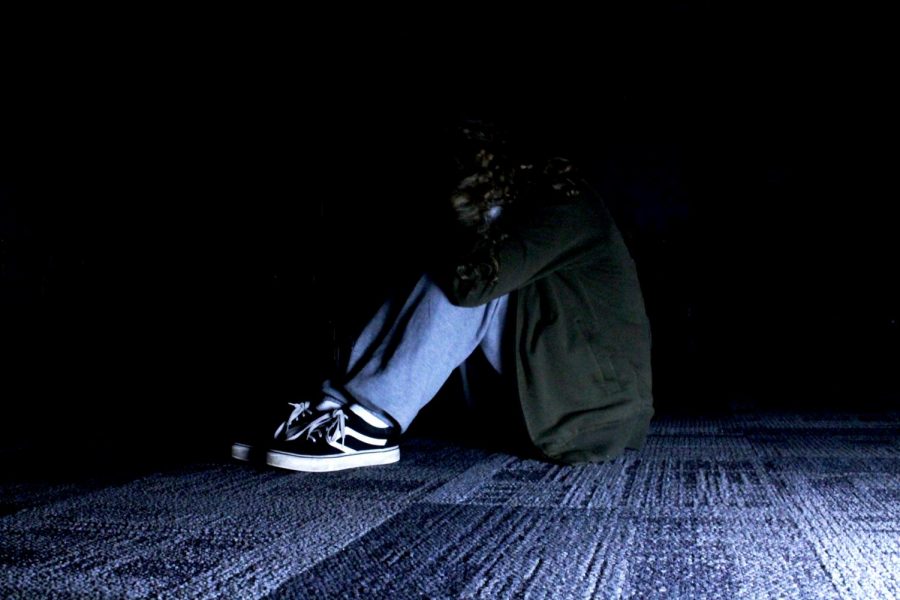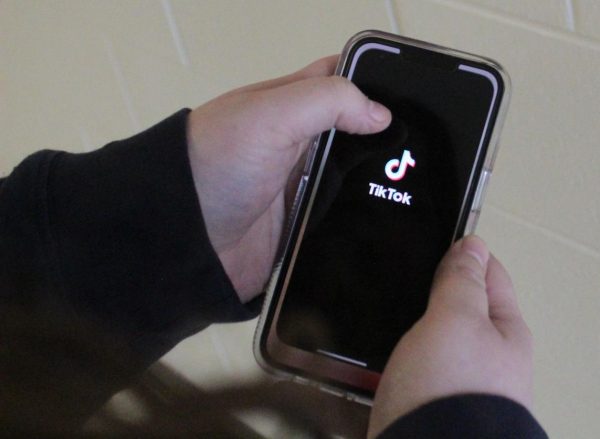High school worsens the mental health of teenagers
To reduce stress, it is beneficial for students to take unstructured breaks. According to the American Phycological Association, high amounts of stress can cause serious health issues. Junior Ashlee Chubb goes into a dark room to take some time to herself. “Sometimes if I’m having a hard day, my teachers will let me go be alone and calm myself down,” Chubb said.
Last year in Michigan, 66,000 children went without treatment for depression. Depression is one of the most common mental illnesses in children and teenagers, according to Mental Health America. Even though so many struggle with depression and other mental health issues, most do not receive the personal help they need to get through it.
Most mental illnesses begin to appear at age 14, but go undetected and untreated. Last year, 16.8% of 15-24 year olds committed suicide as a result of untreated mental illnesses, according to the Centers for Disease Control and Prevention.
Guidance counselors can be the first line of defense.
“I never want to be wrong when it comes to these situations,” high school guidance counselor Leslie Cummings said. “If I feel like a student might harm themselves I have to do a welfare check.”
In a poll representing 9-12th graders with more than 5% responding, 33.3% of the students report having a diagnosed mental illness. The most common mental illnesses in teenagers include anxiety, depression, and attention deficit hyperactivity disorder, also called ADHD, according to the CDC. These all can cause major problems for teens, which can be worsened by things at school including workload, extra curriculars, peers, and occasionally staff and teachers.
One September day, junior Ashlee Chubb was struggling. As she went to the counselors office to try and receive a bit of help, she was quickly ushered away as the counselor had to return to something they had been working on previously.
“I feel like the teachers don’t understand what it is I’m going through most of the time,” Chubb said.
While there are varied resources available for students that are struggling with mental illnesses at school, most people do not know about them. Counselors, mental health specialists, and psychologists can all help, but not if students do not know about them. If not informed about the resources available, there’s no way for students to use them and get the help they need.
While it is possible for students to look online for resources, many will not. If students are already struggling with mental health issues, they most likely will not have the motivation to look and try to get help. This concern is why schools need to become better at recognizing when a student is struggling. Roughly 62% agree that it is difficult to balance school, extracurricular activities, work, etcetera.
A way the school could help students is by making them aware of 504 and IEP plans, which are plans that make sure that a student with a disability is given the correct accommodations in school. These can be important and impactful for students with disabilities because it will give them the support they need to thrive in school.
Most of their life, junior Teresa Rooney felt out of place, and needed extra help in school.
“I believe that the school should make it so more people know about 504 and IEP plans. The only reason I know about them is because I’ve used them most of my life, but I’m sure if you asked some random kid at school, they would have no clue what it is,” junior Teresa Rooney said.

Social Media Manager Olyvia Hoard, a junior, started on Uncaged during the second semester of her freshman year. She enjoys writing, cheerleading, reading,...








